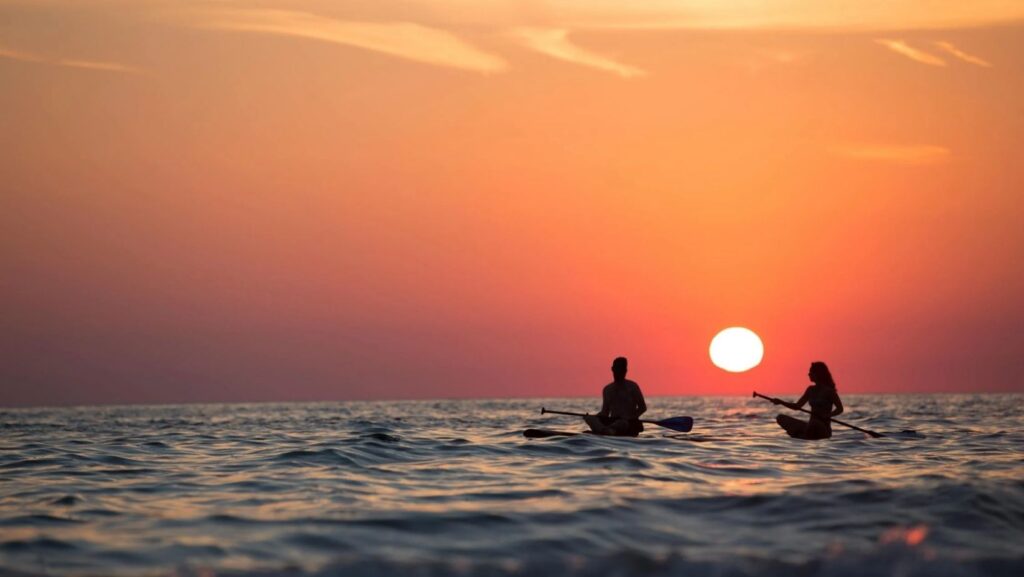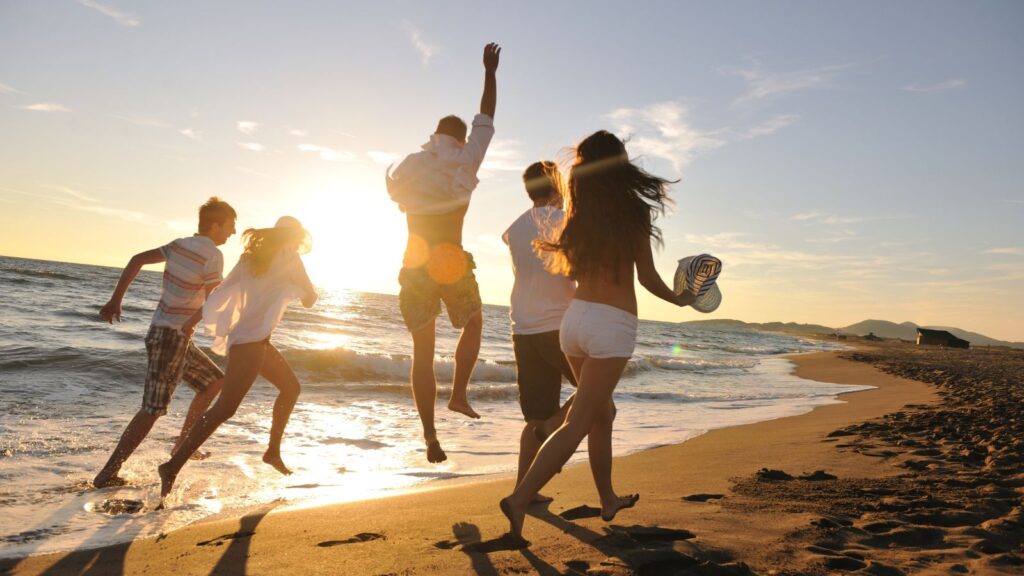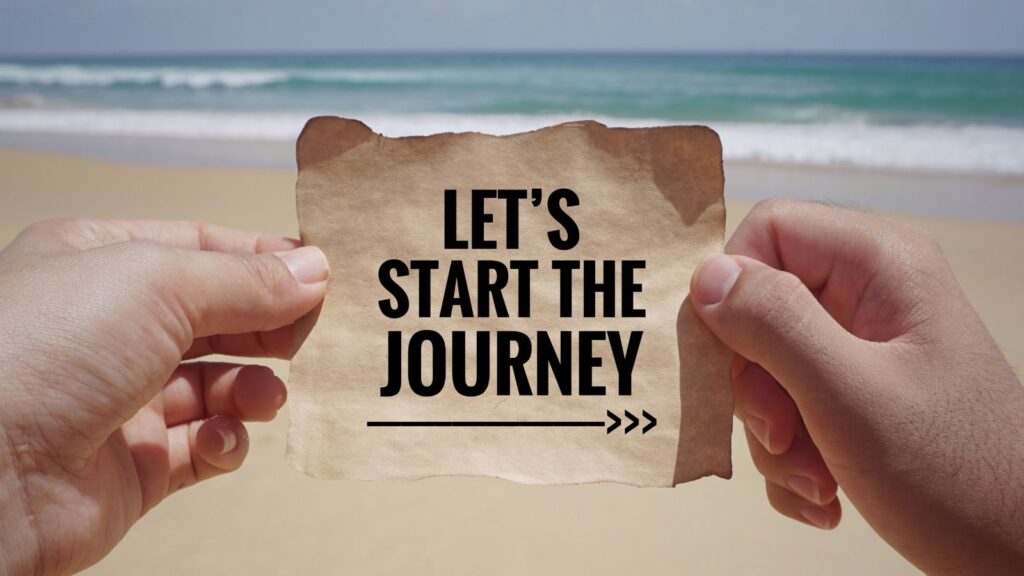Paddleboarding is a fantastic way to enjoy the water, combining adventure, exercise, and the great outdoors. Whether you’re a beginner or an experienced paddler, having the right gear is essential for a safe and enjoyable experience. This guide will cover everything you need to know about selecting the best paddleboarding equipment to ensure you have the ultimate experience on the water.
Choosing the Right Paddleboard
The most critical piece of equipment for paddleboarding is, of course, the paddleboard itself. There are various types of paddleboards, including all-around, touring, racing, and surfing boards. All-around boards are versatile and suitable for beginners, while touring boards are designed for long-distance paddling and provide excellent stability and speed. Racing boards are narrow and built for speed, making them ideal for competitive paddling. Surfing paddleboards are shorter and more maneuverable, perfect for catching waves.
When choosing a paddleboard, consider your experience level, the type of paddling you plan to do, and your body weight. Heavier paddlers may require a board with higher volume and width for better stability. Additionally, think about the board’s material. Epoxy boards are lightweight and durable but can be expensive, while soft-top boards are more affordable and great for beginners.
Essential Paddleboarding Accessories
Besides the board, several accessories are crucial for a complete paddleboarding setup. A paddle is the next most important item, and it should be lightweight and adjustable. Carbon fiber paddles are light and efficient but can be costly. Aluminum paddles are more affordable and durable, making them suitable for beginners.

A leash is another essential accessory that keeps your board tethered to you, preventing it from drifting away if you fall off. Coiled leashes are popular because they don’t drag in the water. Additionally, a personal flotation device (PFD) is necessary for safety, especially in deeper waters. Choose a comfortable, lightweight PFD that allows freedom of movement.
Proper Clothing and Footwear
Wearing the right clothing and footwear can significantly enhance your paddleboarding experience. In warm weather, a swimsuit or board shorts and a rash guard provide comfort and protection from the sun. In cooler conditions, a wetsuit or dry suit will keep you warm. Always consider the water temperature when selecting your attire.
Footwear is also important, especially if you plan to paddle in rocky areas or colder waters. Water shoes or booties with good grip can protect your feet from sharp objects and provide traction on slippery surfaces. They also help keep your feet warm in cold water.
Safety Gear and Precautions
Safety should always be a top priority when paddleboarding. Besides wearing a PFD and leash, carrying a whistle or other signaling device is a good idea in case of emergencies. A waterproof phone case can also be valuable for staying in touch or calling for help.
For smaller vehicles, there are various solutions for transporting your gear. One of the most convenient options is an inflatable paddle board, which is easy to transport and store. Before heading out, check the weather and water conditions. Avoid paddling in strong winds, rough waters, or areas with heavy boat traffic. Always let someone know your paddling plans and expected return time. If you’re new to paddleboarding, consider taking a lesson from a certified instructor to learn proper techniques and safety protocols.
Transporting and Storing Your Gear
Proper transportation and storage of your paddleboarding gear can extend its lifespan and maintain its performance. Roof racks are a popular choice for transporting paddleboards, but make sure to secure your board properly to prevent damage or accidents. For smaller vehicles, there are inflatable paddle boards that are easy to transport and store.
When not in use, store your paddleboard in a cool, dry place away from direct sunlight. Prolonged exposure to UV rays can damage the board’s material. Use a board bag for added protection, especially if you plan to store the board for an extended period. Paddles should also be stored in a cool, dry place to prevent warping or damage.
Maintenance and Care Tips
Regular maintenance of your paddleboarding gear ensures its longevity and optimal performance. Rinse your board, paddle, and other equipment with fresh water after each use to remove salt, sand, and dirt. Inspect your board regularly for any cracks, dings, or other damage, and repair them promptly to prevent further issues.
For inflatable paddle boards, check the seams and valves for leaks and ensure they are properly inflated before each use. Store the board partially inflated in a cool, dry place to avoid unnecessary stress on the material. Clean and dry your PFD, leash, and other accessories before storing them to prevent mold and mildew growth.

Paddleboarding is an exciting and rewarding activity that offers numerous benefits, from physical fitness to mental relaxation. Having the right gear is essential for maximizing your enjoyment and ensuring your safety on the water. By choosing the appropriate paddleboard, accessories, clothing, and safety gear, and taking proper care of your equipment, you can have the ultimate paddleboarding experience. Whether you’re a beginner or an experienced paddler, investing in quality gear and following safety precautions will help you make the most of your time on the water.



